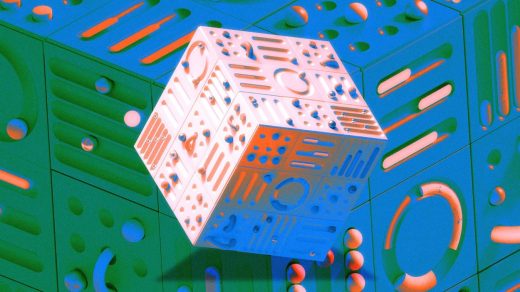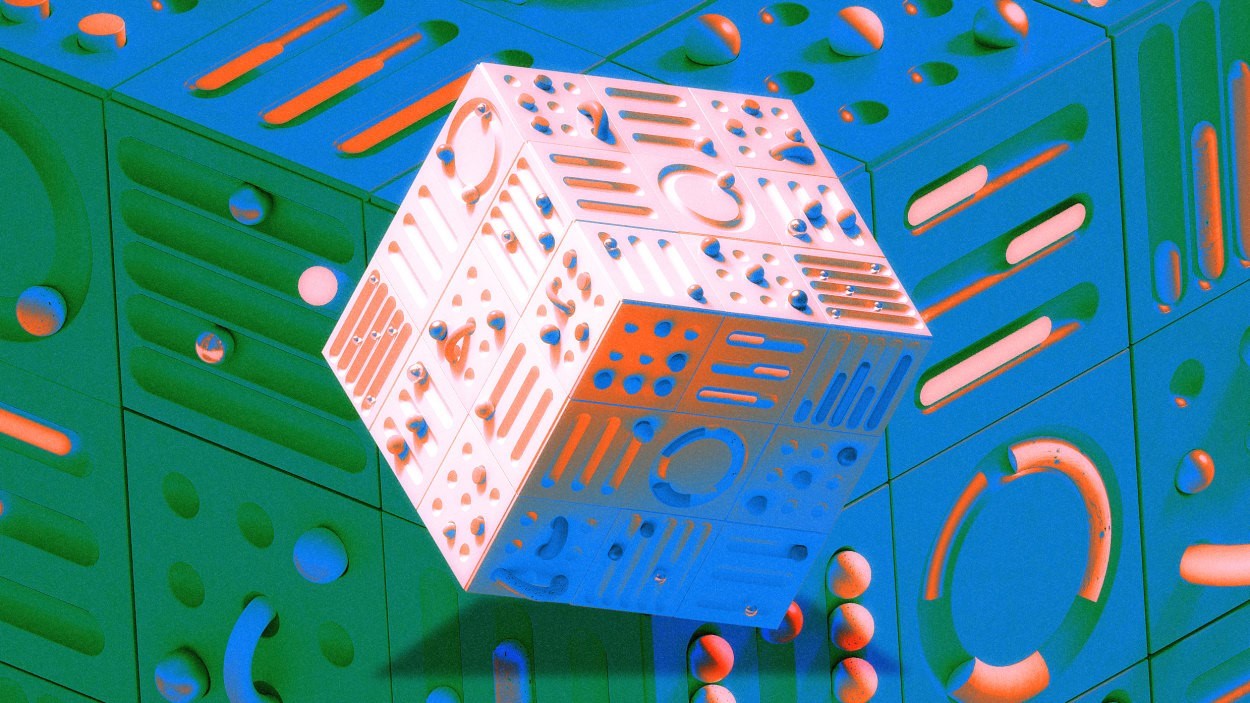3 product design pitfalls and how to avoid them
I’ve spent the past two decades helping companies build and launch products including Microsoft, Google, and now Xero. Some of these products have gone on to be very successful. Others have been total failures.
Each time, the lessons have been invaluable and mark the difference between an innovative product and an ordinary one, or one that successfully shipped and one that ended in the proverbial scrapyard.
Product failure risk is high among startups, but also Fortune 500 companies. Some anecdotal estimates indicate that experienced product development companies report north of 50% of their new features and product initiatives fail. Why is the failure rate so high? There has been some research into why this may be, but in my experience there are three major pitfalls.
How a design team syncs with business goals
All too often, design teams work agnostically from the business as a whole, trying to bring a shiny new object to the boardroom while lacking a certain maturity around understanding how the company makes money. It leads to an inability to have a voice, with many prototypes never making it past the pitch. Design teams want to ideate products that might actually be built one day, but they need to simultaneously show a clear and direct line from that product to their business’s overall strategic goals.
How can a design team best sync up with their business strategy? It’s a multipronged approach of education.
Searching for product perfection
Or rather, waiting for perfection to launch new products. Despite what others may tell you, you can’t build something perfect on the first go. You never have enough information on exactly how the product will be used, what features customers will actually like or dislike, and on all the other dependencies that come with it. It’s better to launch a “reasonable” product, test your hypothesis about customer needs, and iterate over time.
Stringing out design and build time
One of the biggest mistakes I made early in my career was spending too much time on trying to perfect the design and definition of a product. When it did finally launch, we didn’t anticipate many (if any) of the user requests that came through and how the product would actually be used. If we had shortened the design and build time, we could have spent more time on user cycles to refine and strengthen it. The most innovative companies are those that continuously launch and iterate.
On the subject of shortening design and build time, thinking too long-term can end up damaging a product design strategy from the jump. The tech environment especially moves far too quickly for any business to realistically have a five- to 10-year vision for their product journey.
It’s best to think in two-to-three-year increments, where the technology available at a new product strategy’s inception isn’t completely overshadowed by the time the end date is approaching, forcing a reevaluation of the product’s progress.
Not balancing value with measurable outcomes
A realistic and well-thought-out timeline isn’t enough to keep a product from falling flat, though. Another common pitfall that startups and companies face in product design is building around customer value and balancing that with measurable outcomes.
How do you define the value of a product? Can you measure it? Very few companies are able to answer those questions. Companies should launch and iterate consistently, but they shouldn’t fall into a trap of focusing on churning out lots of new product features and improvements that are unquantifiable in value and don’t stand the test of time.
It doesn’t help that customers typically don’t know what they want. This gives the design team (and the larger product and engineering ecosystem) a supremely important role in figuring out what makes their customers tick and anticipating what they need before they know it. Aligning on what those customer value adds are, and then figuring out a way to quantify the impact of a product on those needs, requires a level of coordination that many businesses aren’t able to achieve.
To measure value, it is crucial to have a shared understanding of what the amount and nature of value in a particular product or service is. The value can be monetary, such as showing customer demand by growing revenue, or functional, such as saving time and reducing manual effort. Value, in many cases, is distinct from price. Once you’re clear on what it is, you need a robust way to model and measure value creation over time.
Companies aren’t born innovative nor is innovation an end goal. Innovation is a mindset, a result of business strategy and design in perfect synchronization. It starts by laying out a clear vision, prioritizing discovery, and encouraging experimentation to discover the right products to build that drive revenue and meet customer needs. This will create long-term customer value and differentiation in a more competitive business environment.
How a design team syncs with business goals
Searching for product perfection
Stringing out design and build time
Not balancing value with measurable outcomes
(6)



